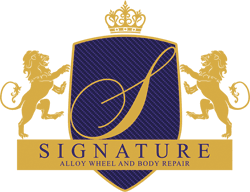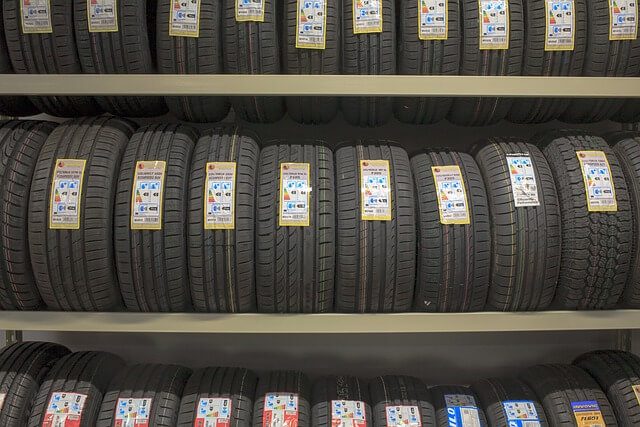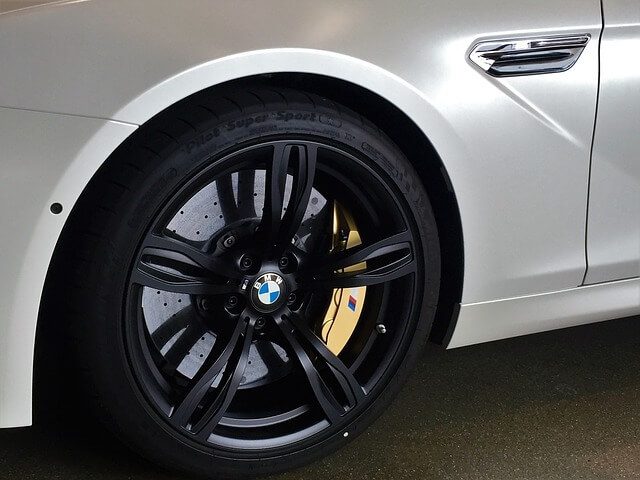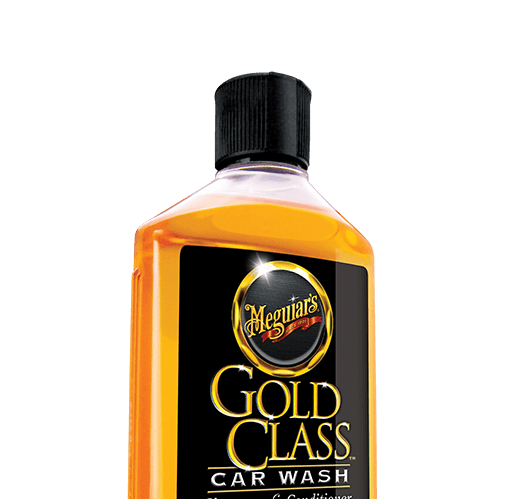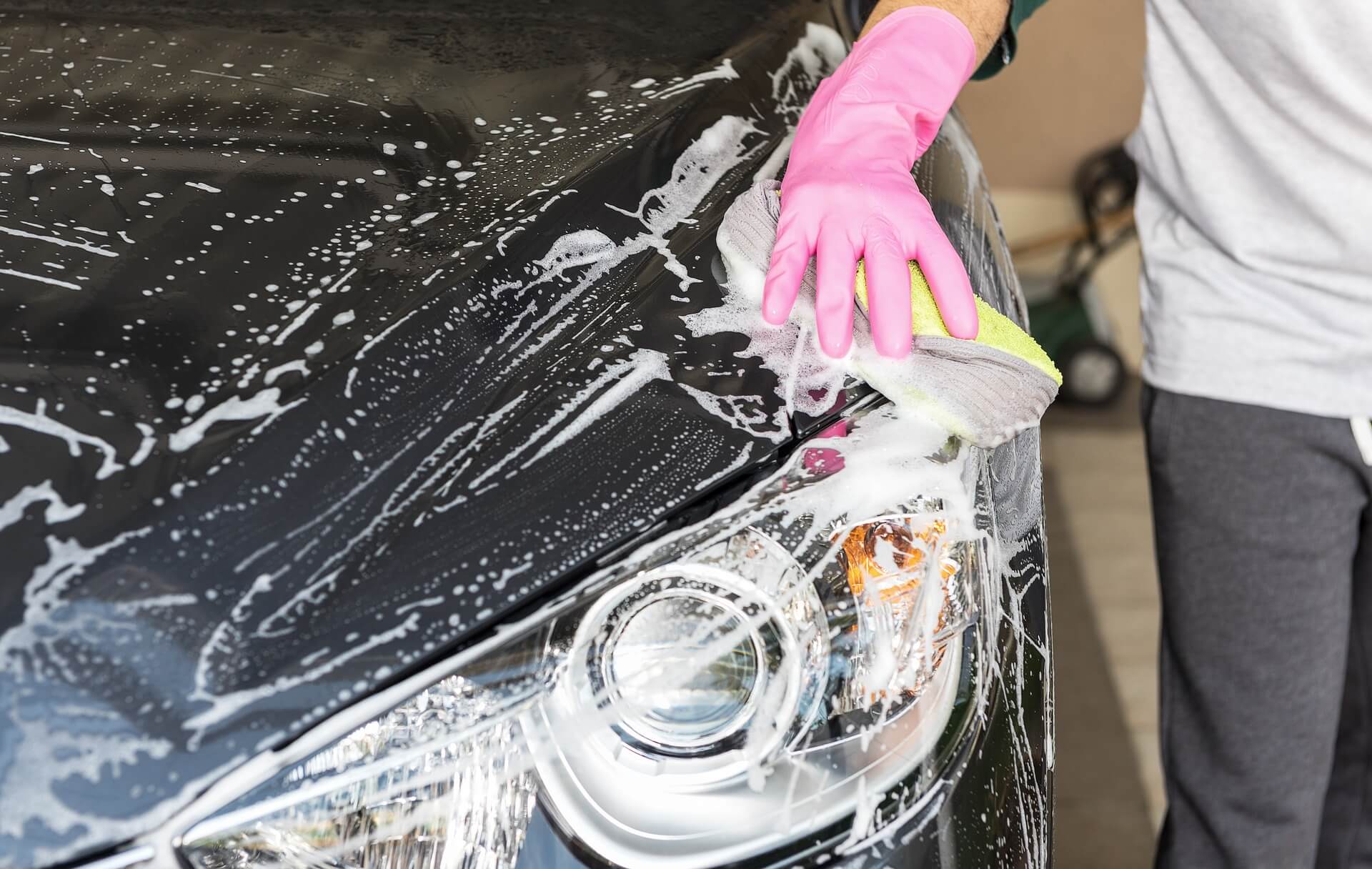
How to wash a car
13 April 2023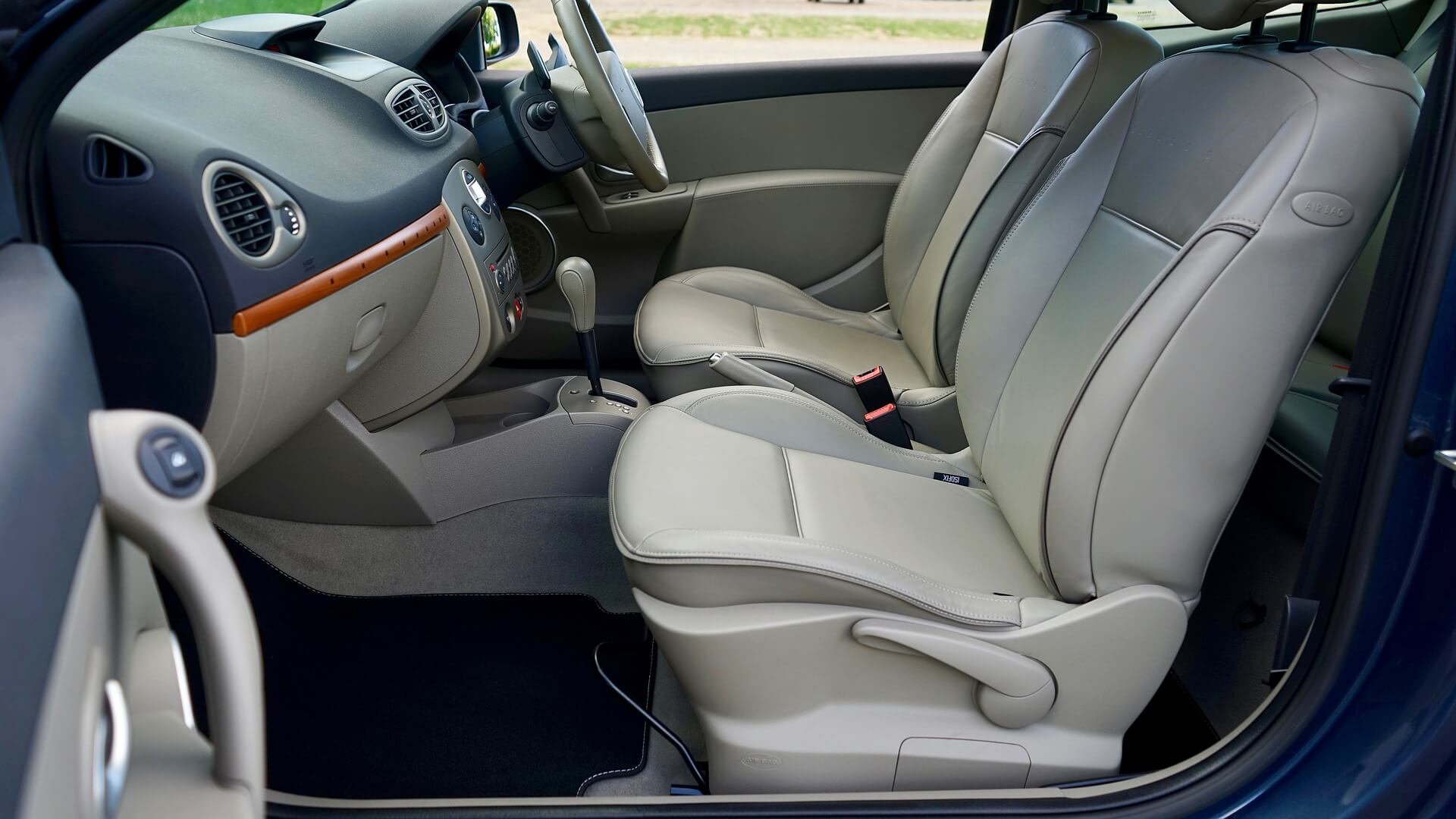
How to Repair Car Leather Seats
21 April 2023Are you tired of dull and faded paint on your car? Want to protect your investment from environmental damages and keep it looking shiny and new? Waxing your car is the answer! But do you know how to wax a car?
Waxing is an essential part of car care that not only enhances the appearance of your vehicle but also provides a protective barrier against UV rays, dirt, and other contaminants that can damage your car's paint over time.
In this article, we will walk you through the step-by-step process of how to wax your car. From choosing the right wax to applying it correctly for professional-quality results. So, let's dive in and learn how to make your car shine like never before!
In this article
ShowHide- Why Waxing Your Car is Essential
- How to wax a Car
- Step 1: Gather Your Car Wax Supplies
- Step 2: Choose the Right Time and Place to Wax Your Vehicle
- Step 3: Prep Your Car for a wax
- Step 4: Apply the Wax to the Car
- Step 5: Finishing Touches After Waxing Your Car
- FAQs On How To Wax Your Vehicle
- Conclusion on DIY Car Wax Techniques
Why Waxing Your Car is Essential
Before we dive into the how-to, let's first understand why waxing your car is essential for maintaining its appearance and protecting its paint. Here are some compelling reasons:-
-
Protects the Paint: Wax acts as a barrier between your car's paint and the harsh elements of the environment, such as UV rays, dirt, bird droppings, and pollution. It prevents these harmful substances from directly coming in contact with your car's paint, thus reducing the chances of oxidation, fading, and peeling.
-
Enhances Appearance: Waxing your car adds a glossy finish that enhances its appearance, giving it a sleek and polished look. It helps to bring out the depth and richness of your car's paint color, making it look brand new and showroom-worthy.
-
Makes Cleaning Easier: A waxed car is easier to clean as it repels water, dirt, and grime, making it less likely to stick to the surface. This means you'll spend less time and effort on washing and scrubbing your car, and more time enjoying its shine.
-
Increases Resale Value: Regular waxing not only keeps your car looking pristine but also helps to maintain its resale value. A well-maintained and shiny car is more attractive to potential buyers, and they are likely to pay a higher price for a car that looks like it has been well taken care of.
How to wax a Car
Now that you know why waxing your car is essential, let's move on to the step-by-step guide on how to wax your car to achieve that ultimate shine!
Step 1: Gather Your Car Wax Supplies
Before you start to wax your car, you'll need to gather some essential supplies. Here's what you'll need:-
-
Car Wax: Choose a high-quality car wax that suits your car's needs. There are different types of waxes available, such as paste wax, liquid wax, and spray wax. Paste wax is long-lasting but requires more effort to apply and remove, while liquid wax and spray wax are easier to apply but may not last as long.
-
Applicator Pad or Cloth: You'll need an applicator pad or a soft cloth to apply the wax evenly onto your car's surface. Avoid using abrasive materials that can scratch the paint.
-
Microfibre Cloth: A microfiber cloth is ideal for buffing and removing the wax residue from your car's surface. It is soft and gentle on the paint, leaving no scratches or swirl marks.
-
Water and Soap: Before waxing your car, it's essential to clean it thoroughly to remove any dirt, dust, or debris that may be on the surface. Use a gentle car wash soap and water to clean your car. Then ensure you dry it thoroughly before applying the wax.
-
Optional: Clay Bar or Paint Cleaner: If your car has stubborn contaminants on the paint, such as tree sap, tar, or bug residue, you may need to use a clay bar or paint cleaner to remove them before waxing. These products help to smooth out the paint surface and ensure better wax adhesion.
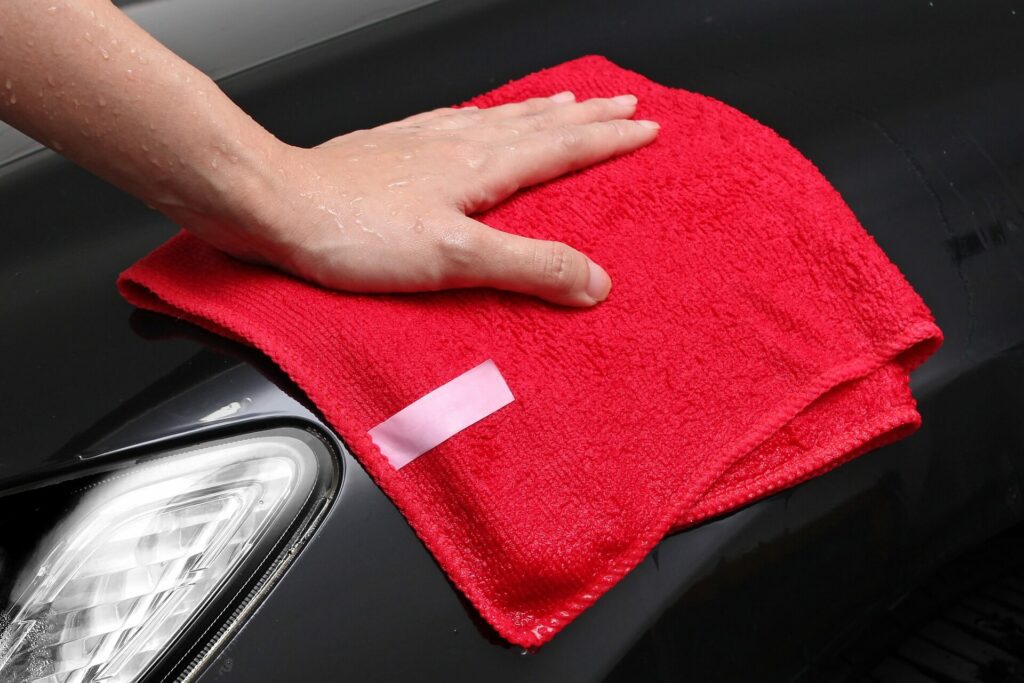
Using a microfibre cloth to buff after waxing will give your vehicle a great shine that will last
Step 2: Choose the Right Time and Place to Wax Your Vehicle
Choosing the right time and place to wax your car is crucial for achieving the best results. Here are some tips:-
-
Choose a shaded area: Avoid waxing your car under direct sunlight or in extreme hot or cold temperatures, as it can affect the wax's performance and make it difficult to achieve a smooth finish. Choose a shaded area, preferably in a garage or a carport.
-
Dry weather: Waxing your car on a dry day is ideal, as rain or moisture can interfere with the wax's adhesion and durability. Make sure the weather forecast indicates no rain or snow for at least 24 hours after waxing.
-
Clean and dust-free area: Ensure that the area where you'll be waxing your car is clean and dust-free. Dust particles can stick to the wax, affecting the smoothness of the finish.
Step 3: Prep Your Car for a wax
Proper preparation is key to achieving a flawless wax finish. Here's what you need to do:-
-
Wash your car: Start by washing your car thoroughly with a gentle car wash soap and water. Use a sponge or a soft cloth to remove dirt, dust, and debris from the surface. Rinse your car thoroughly and dry it with a clean cloth or a microfibre towel.
-
Clay bar or paint cleaner (optional): If your car has stubborn contaminants on the paint, such as tree sap, tar, or bug residue, you may need to use a clay bar or paint cleaner. Follow the manufacturer's instructions to use the clay bar or paint cleaner to remove these contaminants and ensure a smooth paint surface.
-
Inspect for scratches or swirl marks: Inspect your car's paint surface for any scratches or swirl marks. If you notice any, you may need to use a scratch remover or a swirl mark remover to fix them before waxing.
Step 4: Apply the Wax to the Car
Now that your car is clean and prepped, it's time to apply the wax. Follow these steps:-
-
Shake the wax container: If you're using a liquid or spray wax, shake the container well to ensure that the wax is mixed properly.
-
Apply the wax: Use an applicator pad or a soft cloth to apply a thin layer of wax onto your car's surface. Start from the top and work your way down, applying the wax in small circular motions. Make sure to cover the entire surface, including the paint, trim, and any other exposed areas that you want to protect.
-
Let the wax dry: Allow the wax to dry according to the manufacturer's instructions. This usually takes a few minutes, but it may vary depending on the type of wax you're using and the weather conditions. Avoid touching the wax or exposing it to water or moisture while it's drying.
-
Buff the wax: Once the wax has dried, use a clean microfibre cloth to buff the wax off the surface of your vehicle. Buff in straight lines, applying moderate pressure, until the wax residue is removed, and the surface is smooth and shiny. Avoid using excessive force, as it can cause scratches or swirl marks.
-
Repeat if necessary: If you're using a paste wax, you may need to repeat the process to achieve the desired level of protection and shine. Follow the manufacturer's instructions for the recommended number of coats.
Step 5: Finishing Touches After Waxing Your Car
After you've waxed your car, there are a few additional steps you can take to enhance the finish and protect your car's paint:-
-
Apply a sealant or a top coat: Once the wax has been buffed off, you can apply a sealant or a top coat for additional protection. These products help to lock in the wax and provide a longer-lasting barrier against dirt, UV rays, and other environmental contaminants.
-
Maintain regular waxing schedule: Waxing your car is not a one-time task. To keep your car's paint protected and looking its best, it's important to maintain a regular waxing schedule. As a general guideline, wax your car at least every three months, or more frequently if your car is exposed to harsh weather conditions or frequent washing.
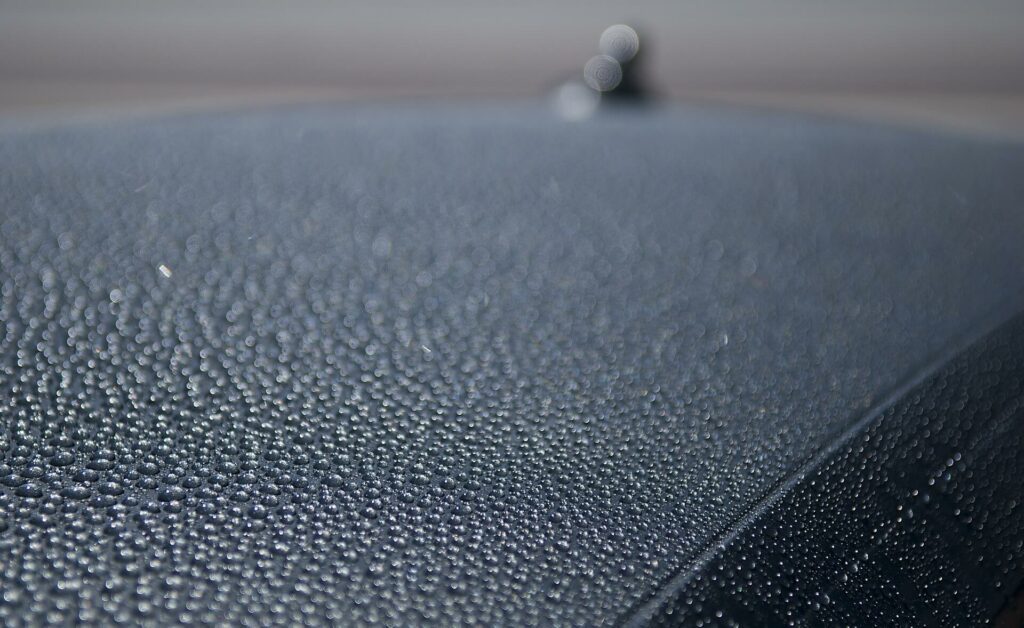
Waxing your car regularly provides a water repellent finish that helps to protect the paintwork
FAQs On How To Wax Your Vehicle
Is waxing necessary for my car?
Yes, waxing your car is essential to protect the paint from environmental contaminants, UV rays, and other damages. It also helps to enhance the shine and appearance of your car.
Can I use any type of wax on my vehicle?
It's recommended to choose a high-quality car wax that is specifically formulated for automotive use. There are different types of waxes available, such as paste wax, liquid wax, and spray wax, each with its own pros and cons. Choose the one that suits your car's needs and follow the manufacturer's instructions for best results.
Can I wax my car in direct sunlight?
It's not recommended to wax your vehicle in direct sunlight, as it can affect the performance of the wax and make it difficult to achieve a smooth finish. Choose a shaded area, preferably in a garage or a carport, to wax your vehicle.
How often should I be waxing my car?
As a general guideline, it's recommended to wax your car at least every three months, or more frequently if it's exposed to harsh weather conditions or frequent washing. However, the waxing frequency may vary depending on the type of wax you're using, your car's paint condition, and the environmental factors it's exposed to.
Can I wax my car after washing it with dish soap?
It's not recommended to use dish soap or any other household detergents to wash your vehicle, as they can strip off the wax and damage the paint. Always use a gentle car wash soap specifically formulated for automotive use to clean your car before waxing.
Conclusion on DIY Car Wax Techniques
Waxing your car is a crucial step in maintaining its appearance and protecting the paint from environmental damages. With the right supplies, proper preparation, and careful application, you can achieve a smooth and shiny finish that will make your car stand out on the road.
Remember to choose a high-quality car wax that is suitable for your car's needs, and follow the manufacturer's instructions for the best results.
Regular waxing, along with other car care practices such as washing, polishing, and sealing, can help extend the lifespan of your car's paint and keep it looking its best for years to come.
So, whether you're a car enthusiast who loves to show off a pristine ride or simply someone who wants to protect their investment, learning how to wax your car is a valuable skill.
With a little practice and attention to detail, you can achieve professional-quality results and enjoy the benefits of a well-maintained and protected car.
So, grab your wax, put on some elbow grease, and get ready to make your vehicle shine like never before!
Remember, wax on, wax off, and enjoy the fruits of your labor!
Happy waxing!
Get in touch for professional Car Body Repairs
If your car or vehicle requires any repairs to the bodywork, then bring it to our car body shop in Radcliffe near Manchester and our professional technicians will take care of it for you. Or for your convenience, we offer a fully mobile service and can come to you. We cover the whole of Greater Manchester, Lancashire, Cheshire, Merseyside and Yorkshire.
If you’d like to get a price for our professional mobile SMART repair service, then please get in touch with us now on 0161 667 0919 or by filling out our quick quote form to get a free, no-obligation quotation.
We have lots of 5 star reviews on Google from happy customers, so please feel free to check out our reviews.
Or contact our team to arrange a time to bring your vehicle in for an estimate. We look forward to restoring your vehicle and getting you back on the roads!
